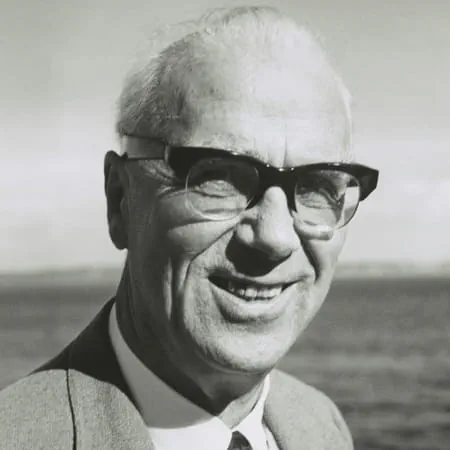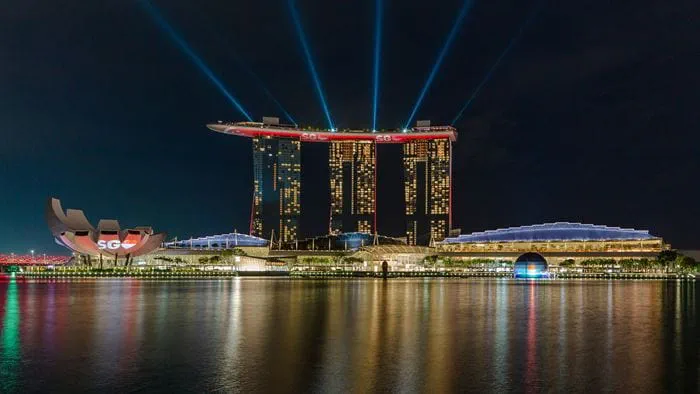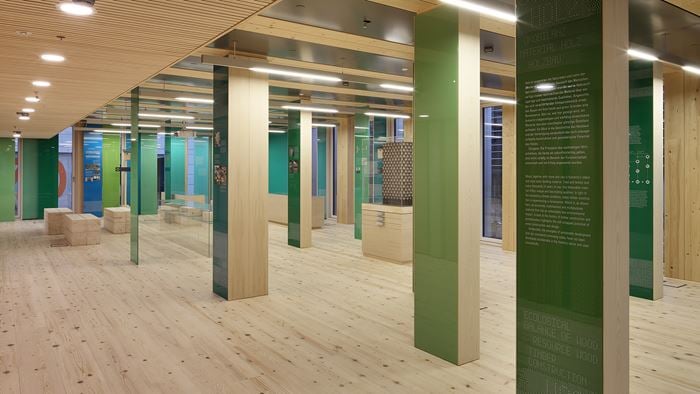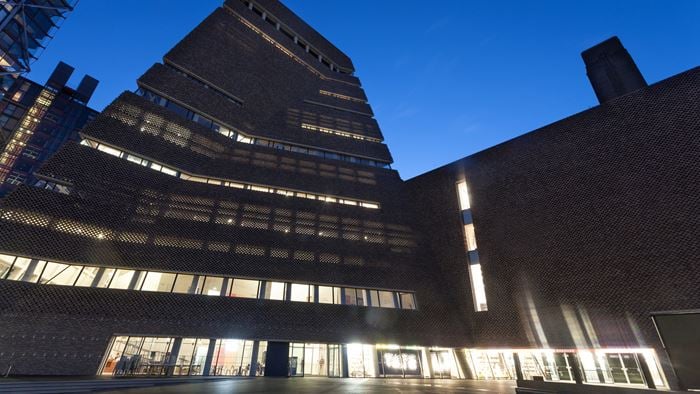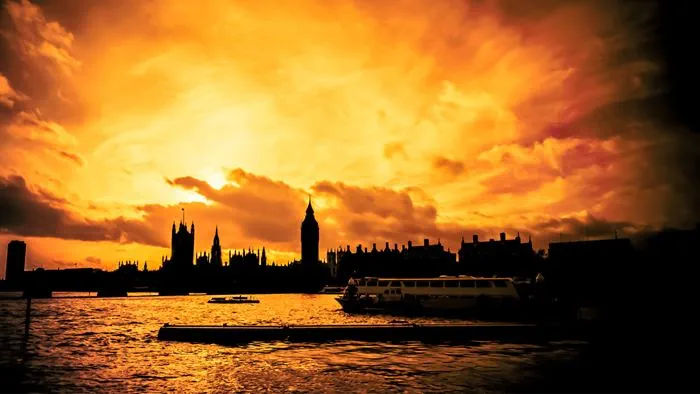350 years ago, a great fire devastated London. Much of the city was destroyed and thousands made homeless. A combination of unregulated urban sprawl, narrow streets, no fire service and highly flammable construction materials faciliated the devastating spread.
In the aftermath, a new, more fire conscious approach was developed to prevent such an event occurring again. The early Fire Brigade was born, streets were widened and the London Building Act of 1667 was introduced. The Act restricted the use of wood and thatch in favour of less combustible materials such as brick and stone, and Londoners were forbidden from building houses taller than four storeys high. In addition, surveyors were appointed to enforce the new regulations.
Over time, enabled by enhanced knowledge and new techniques, tall buildings have emerged and transformed London’s skyline. However, for centuries builders continued to avoid using wood as a primary construction material. With society now placing greater value on sustainability, there has recently been a renewed interest in wood as a building material and we are starting to see the introduction of other combustible materials into our built enviroment such as eco-plastics and foams.
“Modern methods of construction are changing and going back to being as combustible as they were then. All of those challenges at a city scale are starting to re-emerge. ”
Barbara Lane Director
These comparatively new materials might solve one set of challenges of the modern built environment but are more susceptible to burn than conventional materials such as concrete or steel. They therefore require increasingly innovative solutions, tools and technologies to mitigate fire risks.
Ambitious projects
At the time of the Great Fire of London, most buildings were low-rise and were easy to evacuate. Despite the devastation wrought by the 1666 fire, few people died in the flames because they were able to get out of their homes quickly. Today, many of us live in multi-storey buildings where evacuation procedures can be less straightforward. Public buildings like Birmingham New Street railway station pose challenges of complexity and scale. In addition, mixed-use projects such as the Marina Bay Sands illustrate the challenges of variations in occupancy patterns across the day and night as hotel guests, casino visitors and shoppers come and go.
Arup’s Fire Engineers use the latest research and technology to respond to these challenges. Some of this work takes place in a laboratory setting as we seek to understand how construction materials behave during a fire. For example, we are working closely with a team of research engineers at the University of Edinburgh to explore the fundamental behaviours of timber and wood-based materials. If we can better understand the properties of such materials, our teams can push boundaries with timber-based designs to create buildings that are safe, beautiful and a pleasure to live in.
“… all relevant design decisions have been considered together and have been integrated into a whole by a well organised team empowered to fix priorities… excellence depends on it.” ”
Sir Ove Arup Founder
New tools and technology
It’s not just building materials that have evolved since the fire of 1666. Architects and engineers also benefit from using computers to inform their approach to the built environment. Our fire engineers employ visualisation tools such as MassMotion crowd simulation software that helps us understand how large crowds might flow through structures, helping devise effective evacuation procedures, even at times of peak congestion.
Discover fire engineering
Explore how fire engineering can safeguard our communities, businesses and the assets we value.
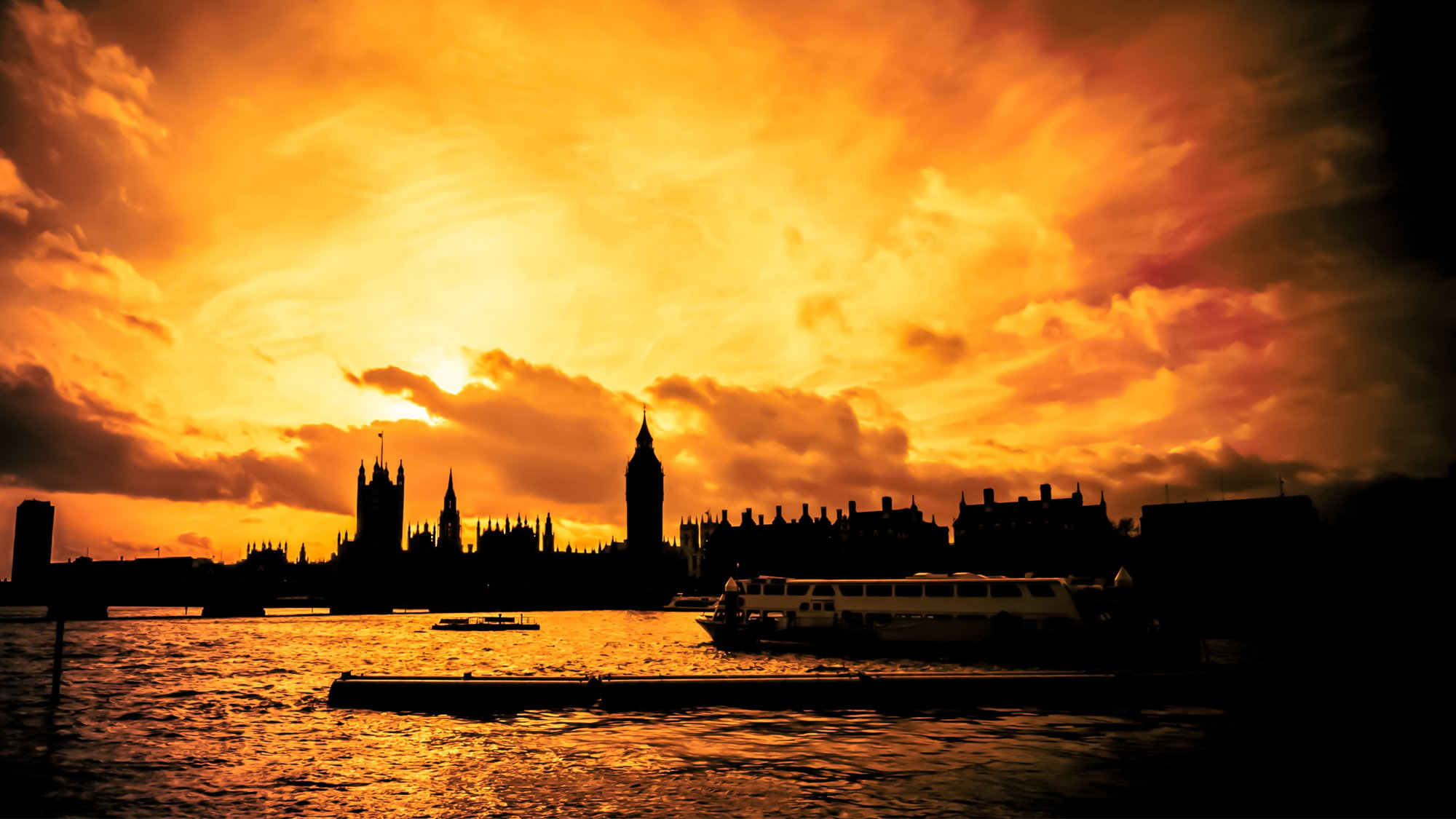 ;
;


